01 Overview of the festival ash tree (fraxinus)
This issue of plant science popularization "Micro-Classroom" will lead everyone to have an in-depth understanding of the magical plant of festival ash tree. For ash tree, a rare tree species known as the "King of Bonsai", it is not only known as the "First Section of Chutian" and the "Living Fossil of Plants", but is also praised for its unique form and vitality. Among scenic spots, bonsai gardens and root carving art around the world, ash tree occupies a pivotal position, and its reputation can be seen.
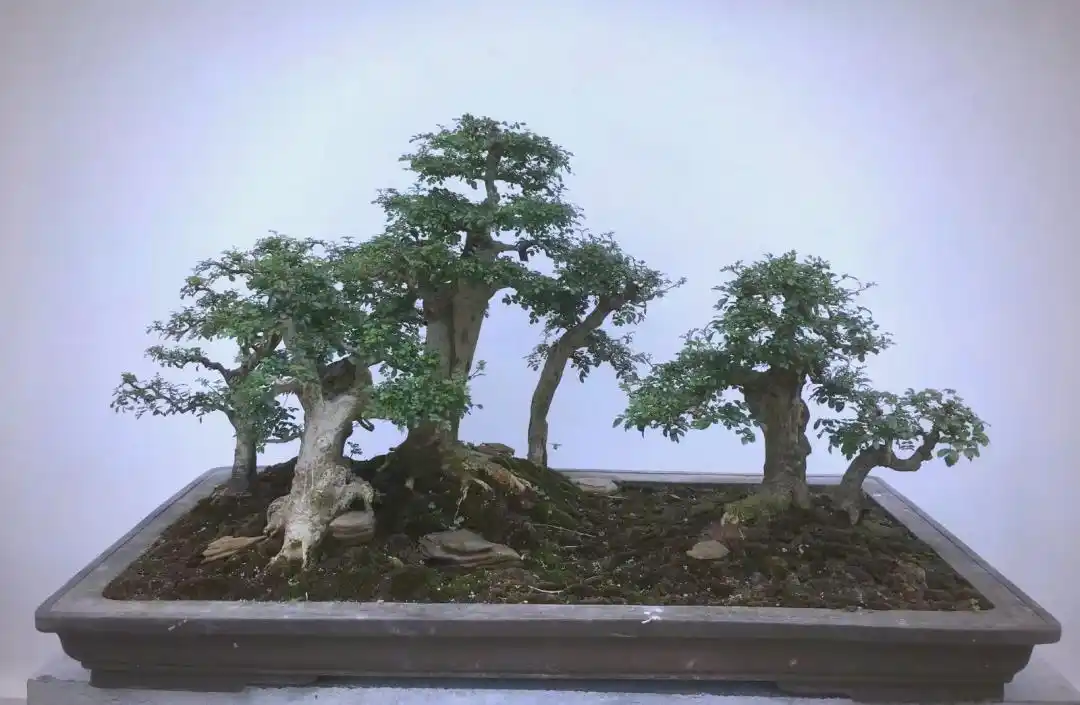 ▲ Rare tree species and well-known
▲ Rare tree species and well-known as ash tree chinensis, also known as Hubeiensis or Hubeiensis chinensis, belong to the genus ash tree chinensis of Oleaceae and is the unique rare ash tree chinensis tree species in the world. This national second-class protected tree species is highly valued and protected by people because of its unique status and value.
▲ Morphological characteristics
As a national second-class protected tree species, it has unique deciduous and large tree characteristics for ash tree. It is a large deciduous tree with small and dense leaves and is rarely attacked by diseases and insect pests during its growth. The pruned branches and leaves look even more charming, while the branches and stems look vigorous and powerful. The color of the bark is dark gray. As the tree ages, the bark will appear longitudinally cracked. The branchlets are tall and straight, and the surface is covered with fine villi or smooth and hairless. Its pinnately compound leaves are between 7-15 cm in length, the petiole is about 3 cm long, and the base is not thickened. The petiolules are 3-4 mm in length and are covered with *cence. The flowers are hetero* and densely clustered on last year's branches, forming thyrses about 1.5 cm long. The samara is shaped like a spoon, with a length of about 4-5 cm and a width of 5-8 mm. The widest position is located in the upper middle, and the apex is partially acute. The flowering period of ash tree usually occurs between February and March, and the fruit period is September.
02 Distribution and discovery
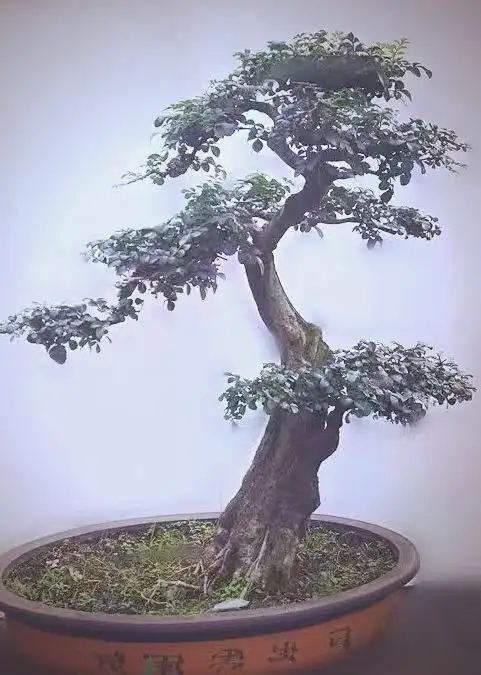
The hometown of ash tree chinensis is located at the junction of Jingshan City and Zhongxiang in the residual area of Dahong Mountain in Hubei Province. Jingshan City is the main distribution area, and only a small amount is distributed in Zhongxiang. In the Huzhao Mountain Forest Farm in Jingshan City, this tree species presents a unique natural community landscape in the world: the most concentrated distribution, the purest forest structure, the widest population area, the oldest tree age and the most well-preserved. In addition, more than 300 pots of ash tree have been carefully cultivated in the Bonsai Garden of the Municipal Landscaping Plant Research Institute.
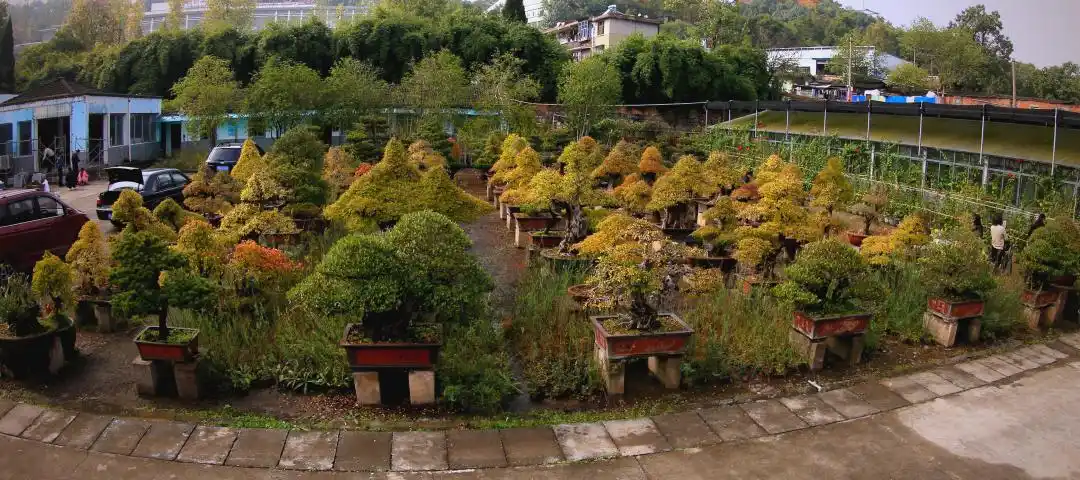 ▲ Distribution scope and discovery history
▲ Distribution scope and discovery history 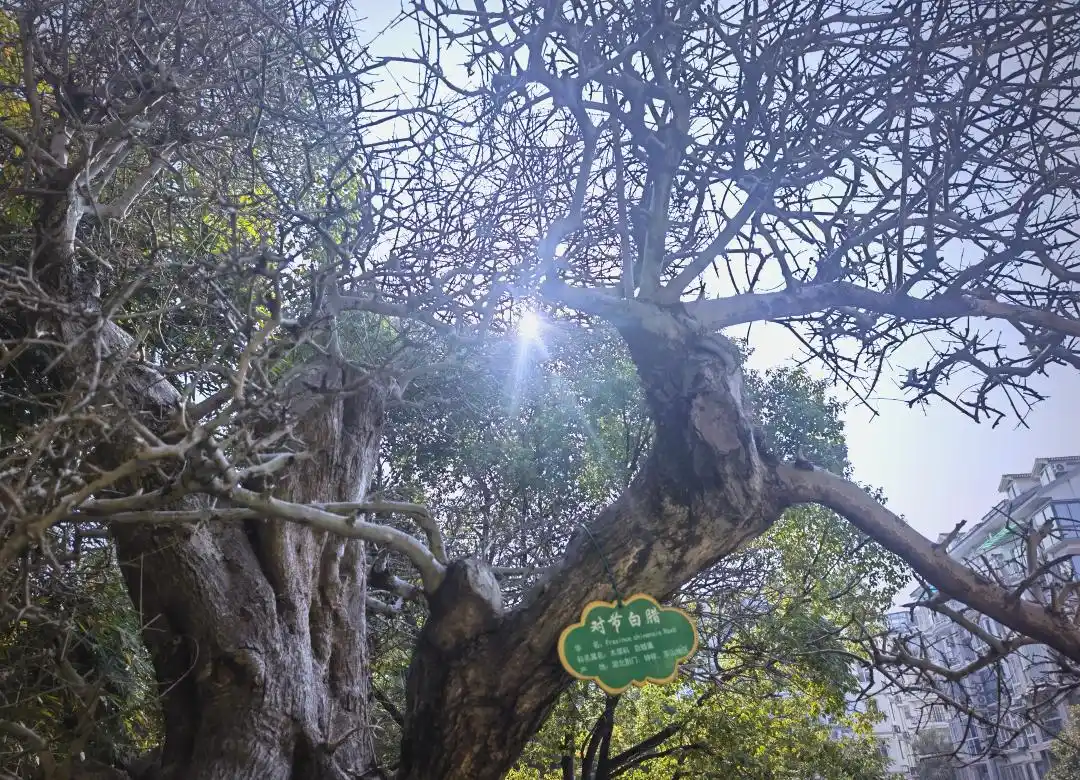
Before 1975, ash tree did not receive widespread attention. It was only used to make furniture or as firewood because of its hard wood. However, an accidental inspection changed this situation. At that time, Professor Su Pilin from the former Hubei Agricultural College (now Yangtze University) discovered the unique value of ash tree in Jinshan County, Jingzhou City. This discovery not only opened up a new understanding of this rare tree species, but also laid a solid foundation for its subsequent protection and utilization.
▲ Important value and research significancefor ash tree is valued because of its high-quality wood and ornamental value. For ash tree, this tree species with a straight trunk and superior material is not only a high-quality wood tree species because its individual volume can reach more than 10 cubic meters, but also particularly precious because of its slow growth and life span of about 2000 years. Its tree shape is unique, with its intertwined roots showing an old and beautiful appearance, making it extremely valuable for viewing. In addition, the tree quality of ash tree is exquisite, milky and bright, making it an ideal choice for root carving artists. It is worth mentioning that the discovery of wild resources of ash tree chinensis in Hubei, China reveals the close connection between the origin and evolution of ash tree chinensis plants in Central Asia, East Africa and China, and provides valuable clues for the study of flora and genealogy.
03 Cultivation and maintenance of ash tree
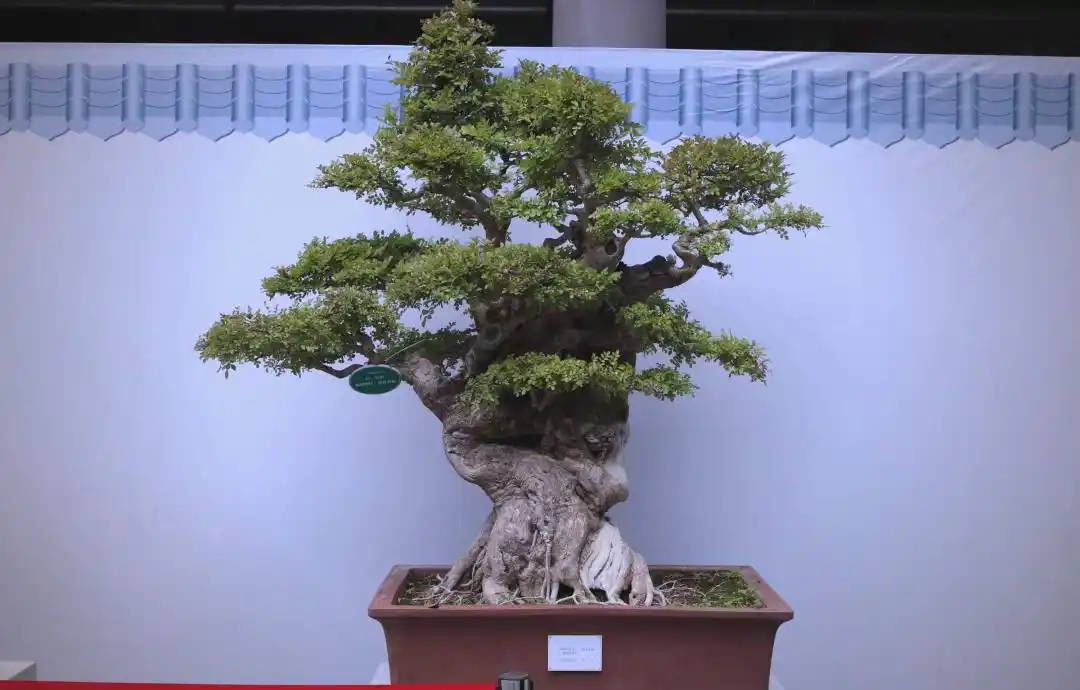 ▲ Growth habits and environmental needs
▲ Growth habits and environmental needs are extremely adaptable to ash tree. It not only has strong germination, but also has the characteristics of resistance to pruning, drought, moisture, cold and high temperature. This tree species prefers fertile and sunny environments and is suitable for growing in loose soil. Its pH value is neutral or weak.
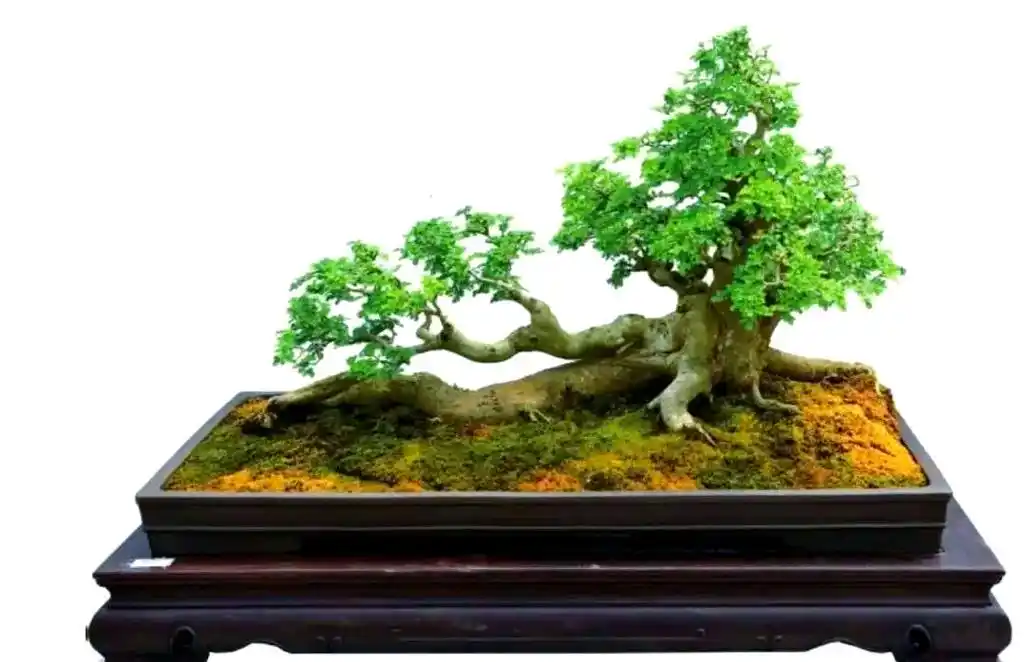 ▲ The specific maintenance method
▲ The specific maintenance method is famous for its tenacious vitality. When maintaining ash tree, we need to pay attention to the following points:
Apply buds in a timely manner: ash tree trees are the peak growth season in spring and autumn, especially in spring, when it will grow a large number of new buds. However, not all new shoots are necessary, so we need to erase those that grow on unwanted parts in time to reduce nutrient consumption. Similarly, in mid-to-late August every year, the white ash tree will usher in its second growth peak. Although the number of new buds is not as large as that in spring, it also needs to be treated in a timely manner.
These excellent growth habits make it easy for many new bonsai novices to control and easily cultivate healthy ash tree. Therefore, it is known as the "King of Bonsai" and deserves its reputation.